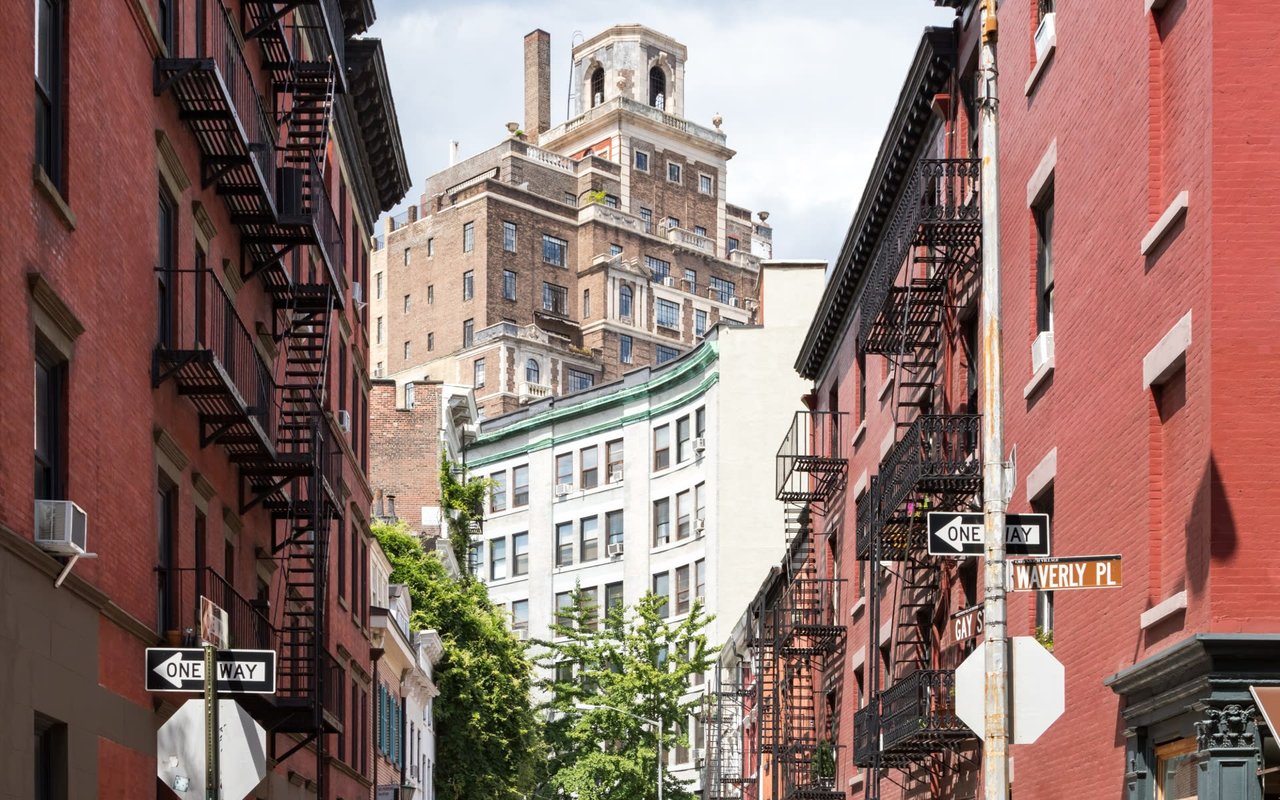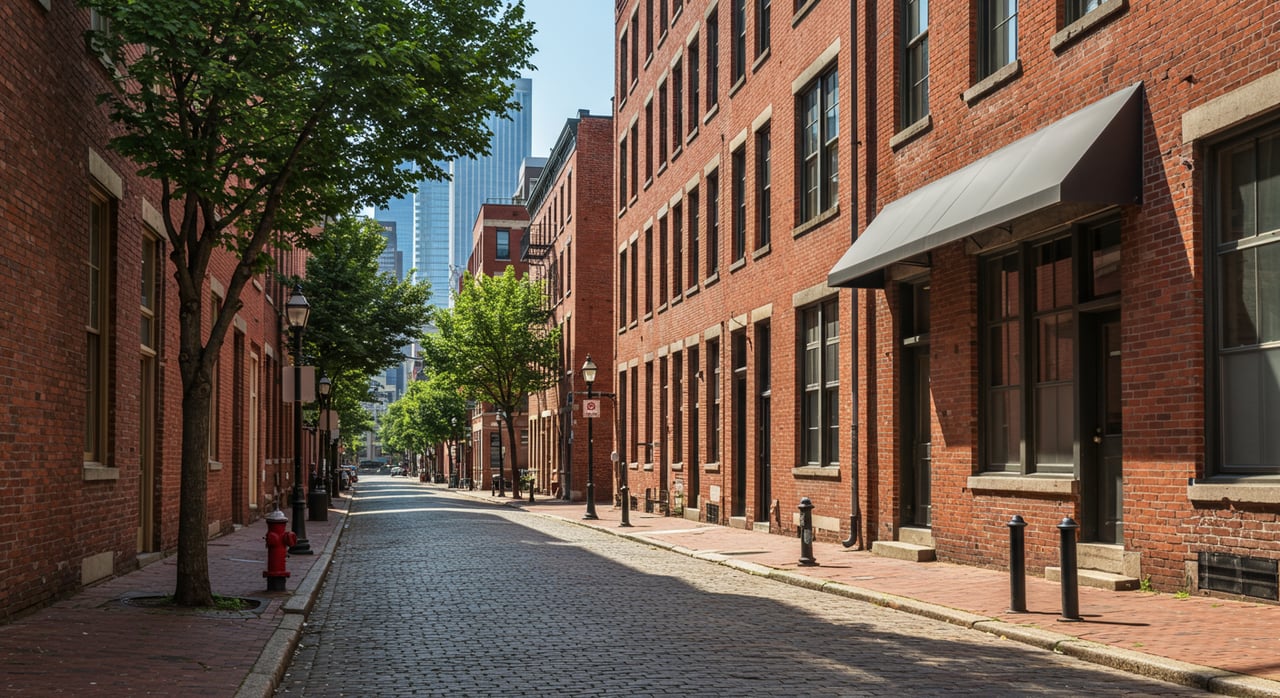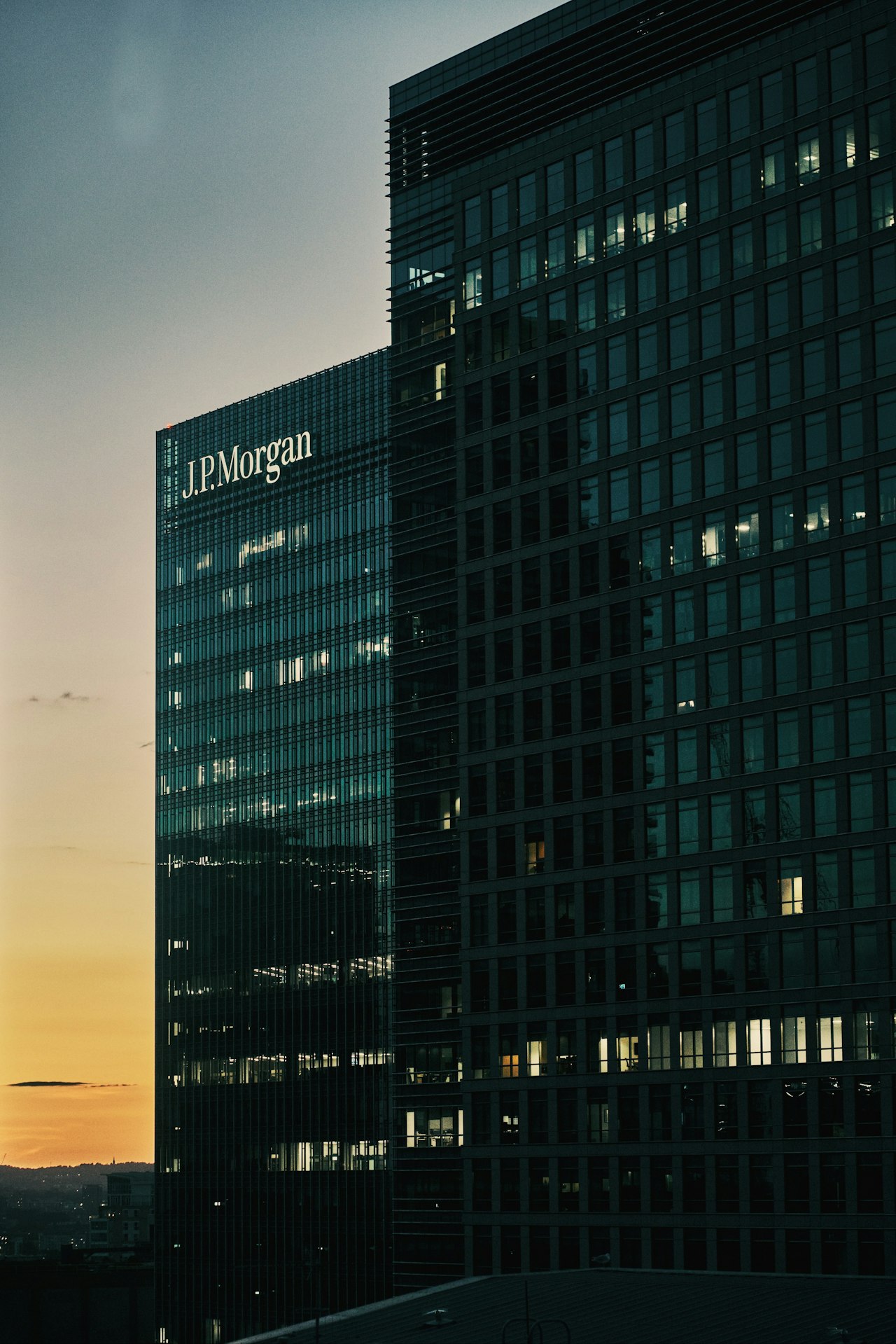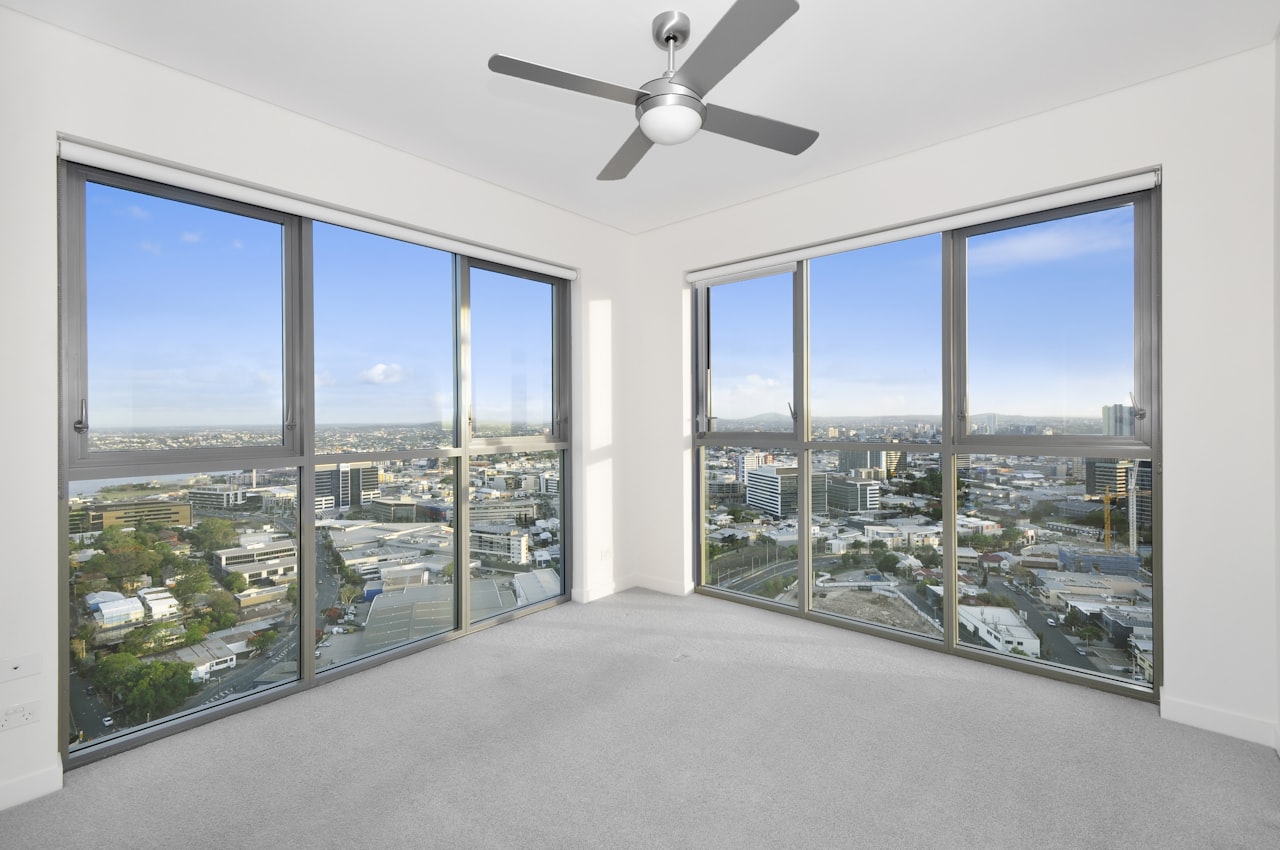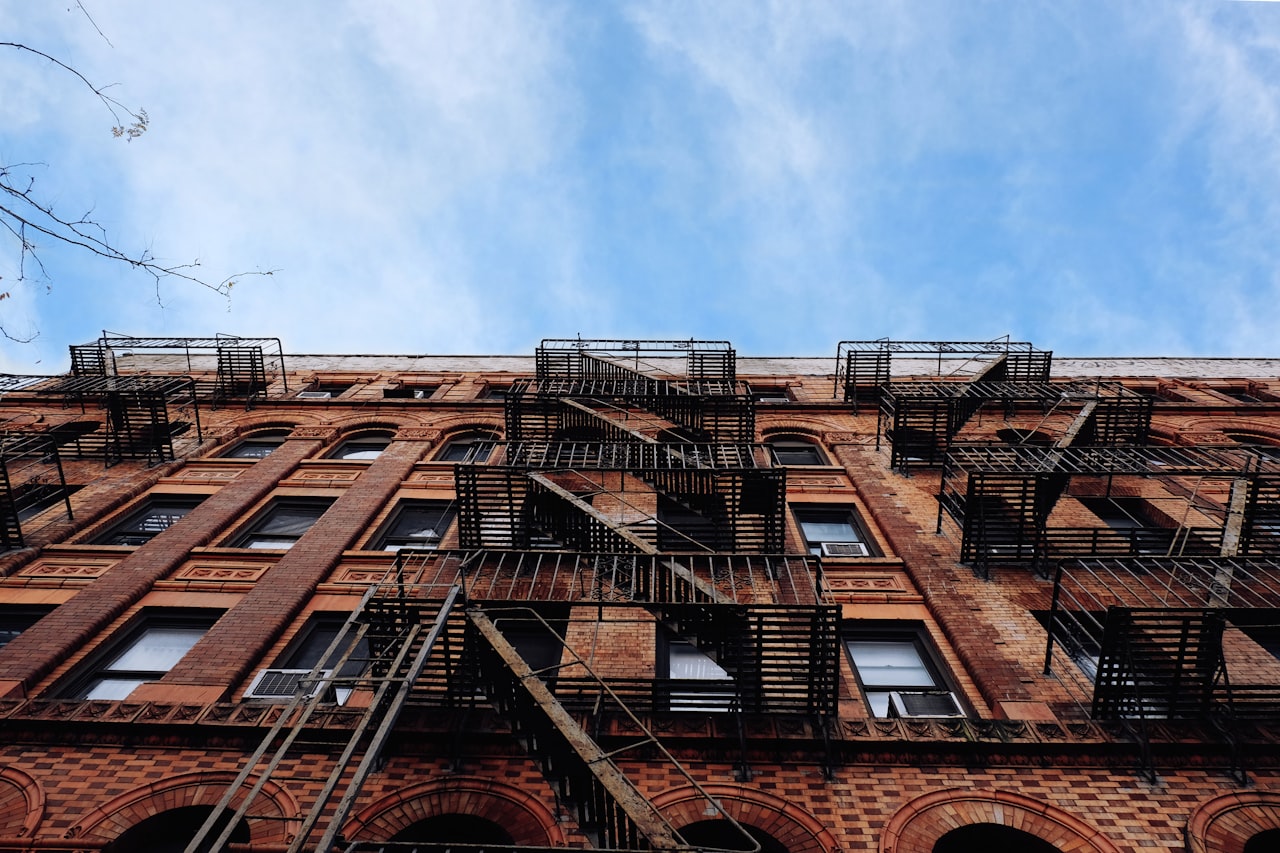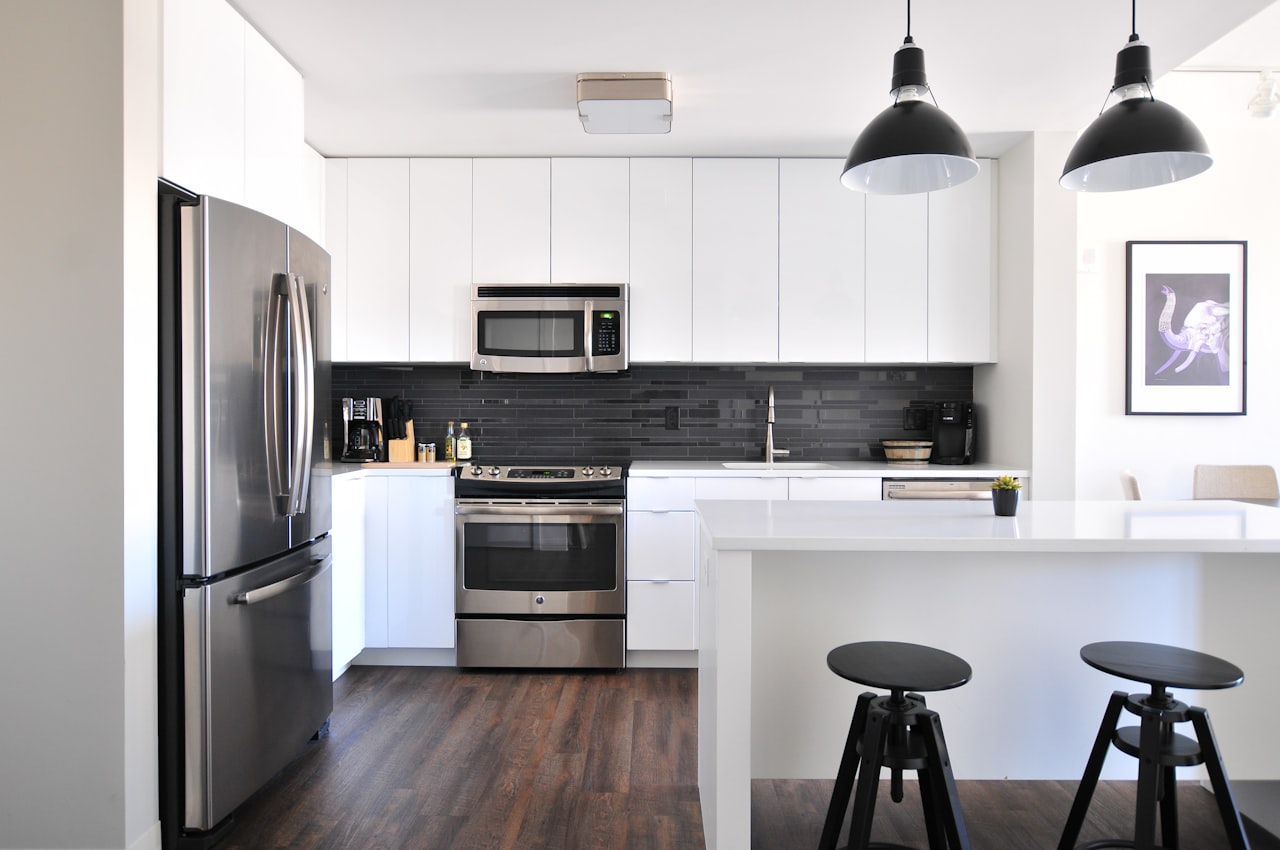The month of August ended with over 560 contracts signed in Manhattan, down 30% compared to last year, but still a considerably healthy volume given the many unstable issues facing the city. The majority of these transactions took place under $3 million. There were also 1,310 new properties listed which was a 61% increase compared to last year.
A combination of historically low interest rates, plenty of options, pent-up demand, more rapid COVID testing, and the promise of vaccines on the horizon have fueled interest to purchase by those who are committed to New York. While the sales market is staying afloat, the rental market is another story with inventory surging and prices dropping week by week.
Rental Market In what’s typically the busiest rental season, the market has been battered with inventory now almost 80% higher than last year. In August 2019 there were 16,347 options for renters on the market and today there are over 29,000. While there are almost twice as many options as a year ago, there are 20% fewer units being rented compared to the same time last year. A complete shift in supply and demand has led to average listed rents decreasing over 15% compared to last year. Keep in mind these numbers are much higher since this doesn’t include incentives like free months, broker fees, etc. nor does it include the amount of shadow inventory - apartments that are available but not listed.
Sales Market The week after Labor Day, a notoriously busy week, saw 476 new listings hit the market. This was down slightly from last year, when 520 new listings hit the market during the same timeframe. Contracts signed (our barometer for demand) were also down slightly last week from 157 to 124, a 21% drop from this time last year. The amount of listed inventory hit 8,955 units, up 18% from last year and nearing 2009 inventory levels. The number of properties sold was down by 53%. This makes sense due to the lack of contract activity during the lockdown and the lag in time from contract to close.
However, some good news for sellers is that the median listing discount for deals peaked during the COVID shutdown in April and June at around 10%. While buyers continue to have the upper hand, listing discounts have currently dropped down to 7.4%. This is essentially exactly how they were in August 2019 (7.3%), meaning that the market may be adjusting to a new, post-pandemic normal.
Mortgage Rates Go Even Lower The 30-year fixed-rate mortgage averaged 2.86% for the week ending Sept. 10, falling 13 basis points from the week prior. The previous record low was set in early August at 2.88%. In comparison, these loans had an average rate of 3.56% a year ago. This means that you can afford about 10% more home than you could have about a year ago on a $1M mortgage.
Time to Refi? There are over 19M high-quality refinance candidates in the USA (“high-quality” refinance candidates are those with credit scores of 720 or higher, who hold at least 20% equity in their homes, are current on their mortgage payments, and could shave at least 0.75% off their first rate lien by refinancing.), representing 43% of all 30-year mortgage holders. There were about 11.7M eligible homeowners this time last year. If all 19M candidates were to refinance, the average savings would amount to $299 a month per homeowner, an aggregate of $5.3 billion. More than 7M could save at least $300 a month, while 2.5M could save $500 a month or more. There are still record levels of refinancings out, simply because rates are sitting at 2.86%.
















